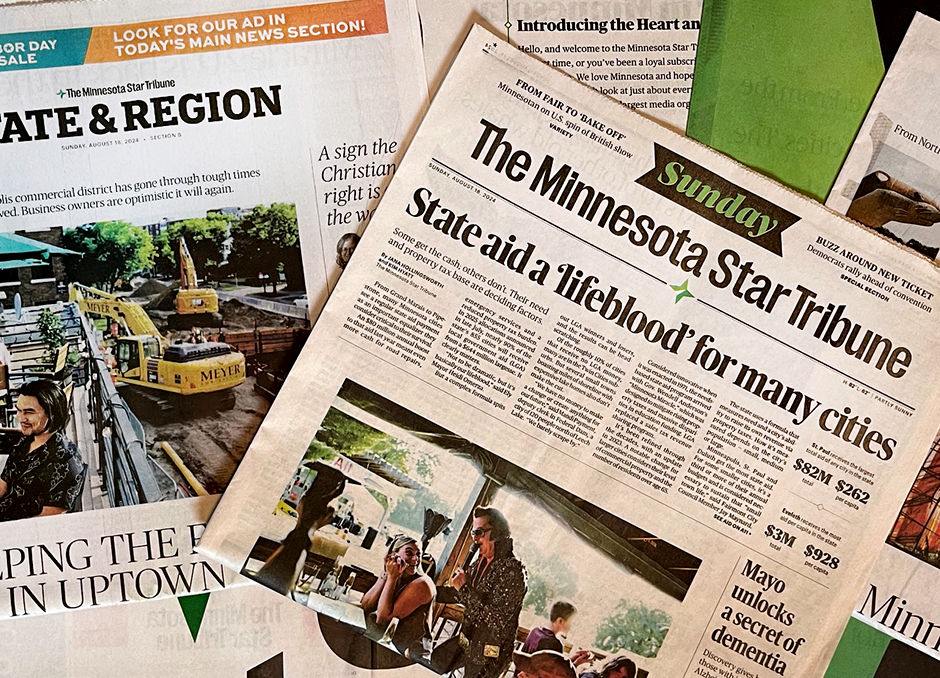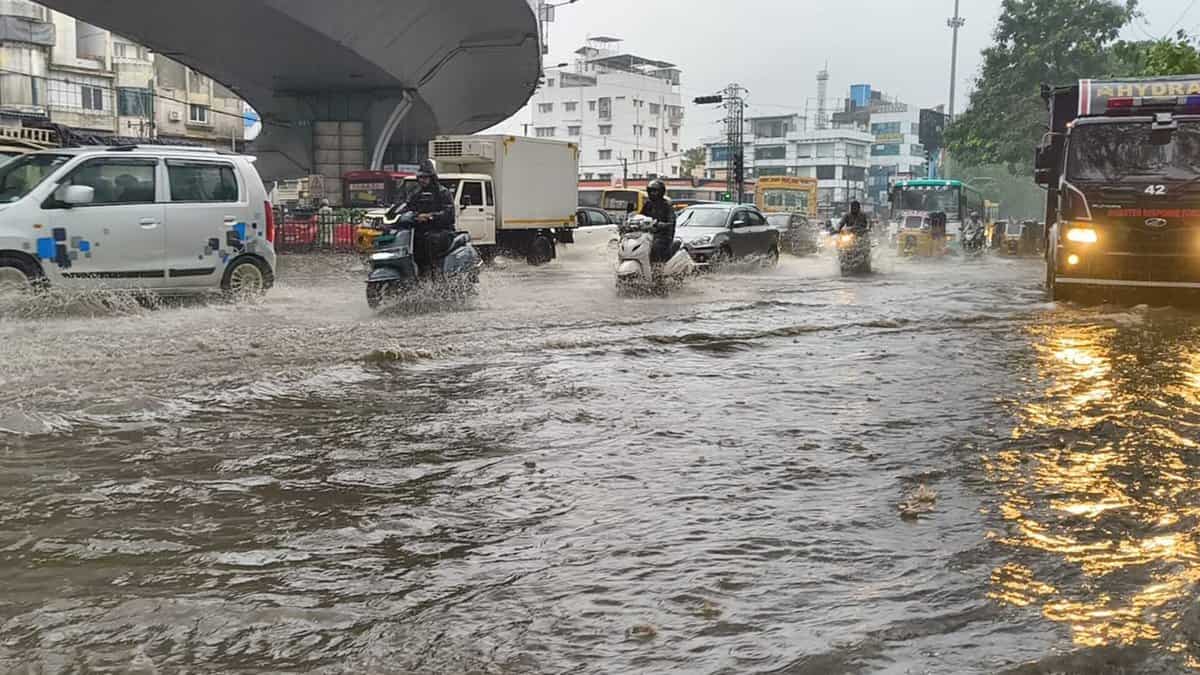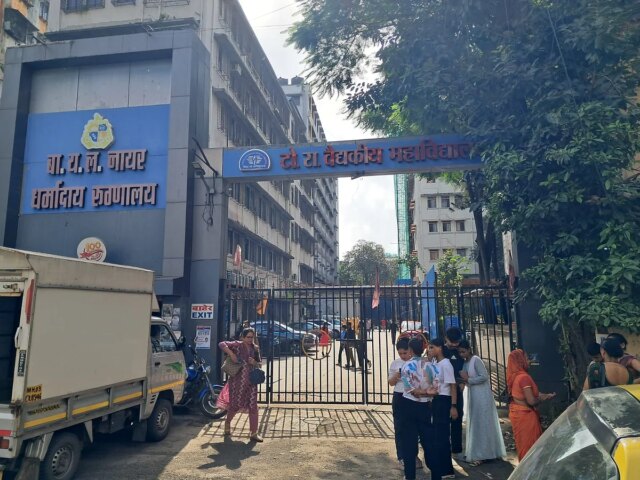In January 2020, just before the Covid-19 outbreak, Mumbai Central resident Anil Nagre wrote to Prime Minister Narendra Modi urging immediate attention to the state of civic and state-run hospitals in the city. He specifically highlighted the deteriorating condition of B Y L Nair Hospital in Mumbai Central, citing a chronic shortage of beds, ICU facilities and essential medicines.
The PM’s Office had reportedly directed the state government to look into the matter. However, five years on, Nagre says little has changed. Recounting a recent ordeal involving his father’s hospitalisation, he called the experience disheartening. “We saw how the healthcare system nearly collapsed during Covid,” he said. “But it seems like the authorities have learned little from the crisis.”
MRI Machine Defunct Since 2023
A recent visit to Nair Hospital revealed that its lone MRI machine, installed in 2009, has been non-functional since late 2023. The machine was declared end-of-life in early 2023 after repeated helium refills failed to keep it running.
Patients in need of urgent MRIs are now being sent to Sion Hospital or to private diagnostic centres under BMC-approved rates. One relative of a trauma patient said they had no choice but to opt for a private centre nearby due to the patient’s critical condition. The lack of an in-house MRI facility has caused treatment delays and added financial burdens for many.
Although a new 3T MRI machine has been sanctioned in the BMC budget, its installation has been delayed due to procurement hurdles. The delay is also affecting clinical training for radiology students.
Overburdened and Under-Resourced
Nair Hospital is one of Mumbai’s largest civic-run tertiary care hospitals, with approximately 1,652 beds. It caters to patients from across Mumbai, including suburbs like Thane, Palghar and Bhiwandi, and even from rural Maharashtra. Around 30% of its patients come from outside the city for affordable treatment.
Despite its importance, the hospital continues to struggle with outdated infrastructure and frequent equipment failures. With high patient inflow, several wards, including general medicine, surgery, orthopaedics and obstetrics, routinely exceed their capacity. It’s not uncommon for two or more patients to be accommodated on stretchers or even on the floor.
Basic Amenities Still a Challenge
Patients’ relatives raised concerns about lack of basic amenities. “Water is only available on the ground and seventh floors. If your patient is admitted elsewhere, you have to keep climbing up and down,” said caregiver Wasim Ansari.
He also mentioned that fans inside some lifts don’t work. “Lighting is another issue,” added Sumit Patil, who was attending to a relative. “Some parts of the building are dimly lit or completely dark at night. It feels unsafe.”
Hospital Response
Hospital dean Dr Shailesh Mohite stated that instances of patients sharing beds or being accommodated on the floor are not frequent. “This happens only when there is a sudden rush,” he said. A treating doctor added, “We can’t send patients back. If needed, we accommodate them somehow.”
Regarding the MRI issue, Dr Mohite said the BMC’s central purchase department is responsible for procurement. “We have already raised the demand,” he said.

















































